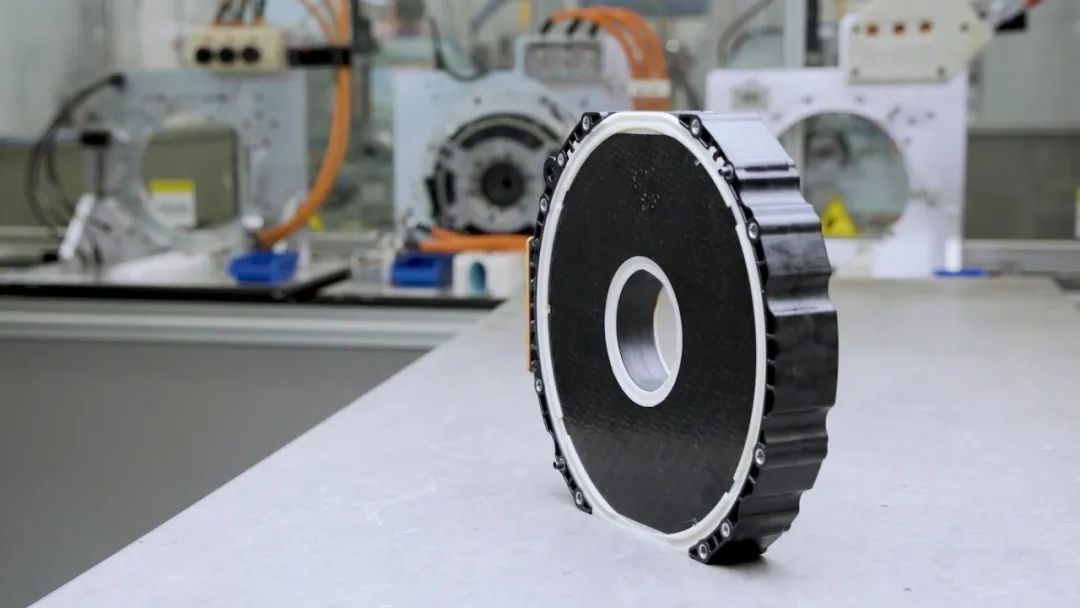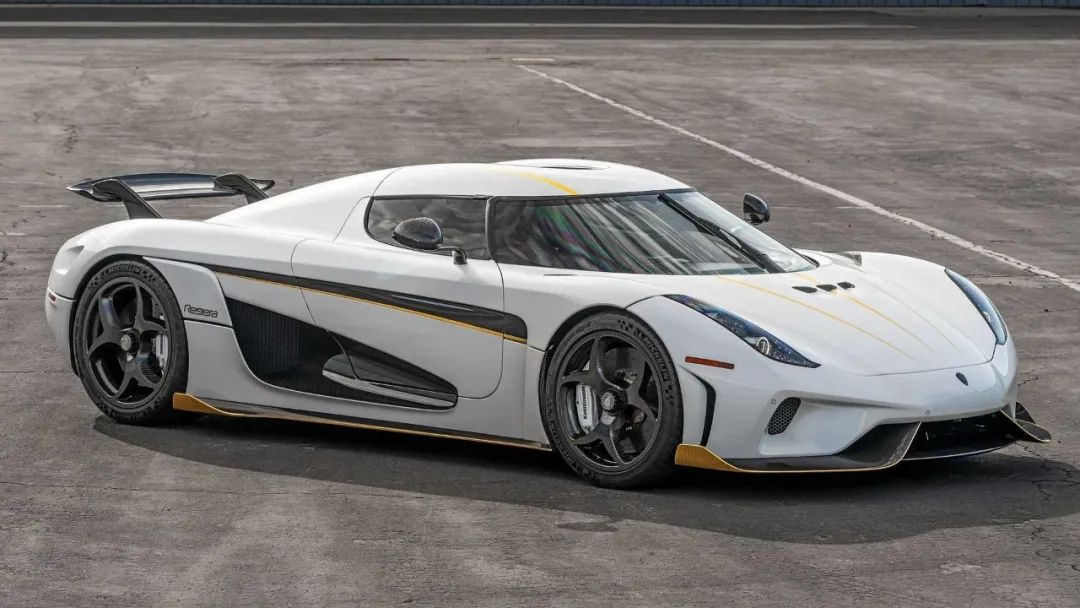Mercedes-Benz’s Comprehensive Electrification “Nine-year Promise”
The so-called electrification of automobiles is actually just an “alternative” in the process of transitioning from traditional to cleaner energy. Before cleaner energy can reach full production and commercialization, electricity has become a major turning point in the field of automotive energy.
Just yesterday, Mercedes-Benz released its new electrification strategy. So, what kind of major moves can we expect from the electrification transformation of traditional automotive giants?
Let’s first take a look at the timeline that Mercedes-Benz has announced:
-
Starting from 2025, all newly released model architectures will be pure electric platforms;
-
In markets where conditions allow, Mercedes-Benz will be fully prepared for comprehensive electrification before 2030.
There are less than 9 years left until 2030. Nine years is neither long nor short, it is enough time for a person to grow, but is it enough for a traditional car company to transform to comprehensive electrification?
From the current automotive market, we can see that new forces of electric vehicles, such as Tesla, NIO, and XPeng, all have model products born from new pure electric platforms. For traditional car companies, there are also some expensive pure electric platforms, such as Volkswagen’s MEB, GAC’s GEP, and Geely’s SEA.
Mercedes-Benz currently has two pure electric platforms, the EVA platform and the MMA platform. The EVA platform is exclusively for large electric vehicles, while the MMA platform is designed for compact and medium-sized electric vehicles.
Mercedes-Benz has also announced that it will release three new pure electric platforms in 2025, the MB.EA platform, the AMG.EA platform, and the VAN.EA platform.
-
MB.EA platform: Will cover all medium and large electric vehicles of Mercedes-Benz;
-
AMG.EA platform: A dedicated platform for high-performance electric vehicles of Mercedes-AMG;
-
VAN.EA platform: A dedicated platform for Mercedes-Benz’s pure electric MPV and light commercial vehicles.
Mercedes-Benz’s five pure electric platforms already cover all its models, including the G-Class, AMG, and Maybach.# Daimler AG and Mercedes-Benz AG Are Preparing for the Electric Revolution
According to Ola Källenius, Chairman of the Board of Management of Daimler AG and Mercedes-Benz AG, “the electrification transformation is accelerating, especially in the luxury car segment where Mercedes-Benz is located. The industry inflection point is approaching, and we will be ready for the global market to achieve full electrification by 2030.”
In addition to the pure electric platform, what is Mercedes-Benz doing to gradually transition to pure electric vehicles?
Motors
Mercedes-Benz is restructuring its powertrain-related businesses, integrating planning, research and development, procurement, and production into one business unit, and developing in-house electric powertrain technology. This includes acquiring YASA (Yokeless And Segmented Armature), a British electric motor company that spun out of Oxford University, to gain access to axial flux motor technology.

Axial flux motors, also known as “flat motors,” differ from conventional motors in that the magnetic flux direction of the axial flux motor is parallel to the motor axis. YASA’s axial flux motor uses less material, is smaller in size, and lighter in weight, providing higher power.
If you haven’t heard of YASA, you probably remember the hybrid hypercar Regera launched by Koenigsegg, where all three motors were from YASA.

Batteries
Mercedes-Benz stated that when the future demand for battery production capacity exceeds 200 gigawatts, the company will build eight more battery factories.
Currently, Mercedes-Benz has nine battery factories that are either in production or planned, including two factories in Kamenz, Germany, two in Untertuerkheim, Germany, Sindelfingen battery factory in Germany, Bangkok battery factory in Thailand, Woerl factory in Poland, Tuscaloosa factory in the United States, and a battery factory with a joint venture of BAIC Group.

At the same time, Mercedes-Benz will work with battery material company SilaNano to develop the next generation of power batteries using silicon-carbon composites in the anodes to improve energy density. Highly standardized batteries will be adaptable to more than 90% of Mercedes-Benz passenger cars and light commercial vehicles.In the field of solid-state batteries, Mercedes-Benz is exploring the possibility of developing batteries with higher energy density and higher safety in cooperation with partners.
To improve production efficiency, Mercedes-Benz is collaborating with GROB to increase battery production and related technology, mainly focusing on the assembly of battery modules and packs.
In addition, Mercedes-Benz plans to establish a new power battery recycling plant in Kuppenheim, Germany to develop recycling technologies for power batteries to cope with the future high volume of power battery recycling. This power battery recycling plant is expected to start operation in 2023.
Production
Mercedes-Benz is upgrading its global production network to prepare for future production of pure electric vehicles. The pace of production increase for new models will be flexibly planned based on market demand.
In 2022, Mercedes-Benz will produce eight electric models in seven factories in three continents. Moreover, all passenger car and battery factories operated by Mercedes-Benz AG will achieve carbon-neutral production.
In addition, Mercedes-Benz is developing the VISION EQXX model, which has a range capability of more than 1,000 kilometers. The development of this model involves a cross-disciplinary team, including experts from Mercedes-Benz High Performance Powertrains Ltd. (HPP). The VISION EQXX model will make its global debut in 2022.
Recharging
Mercedes me Charge currently covers over 530,000 AC and DC charging stations globally.
Mercedes-Benz plans to expand its charging network in collaboration with Shell. By 2025, they will jointly launch more than 30,000 charging stations, including over 10,000 high-power charging stations, in Europe, China, and North America. Mercedes-Benz also plans to introduce high-end charging stations in Europe, offering first-class facilities and customized charging experiences.Mercedes-Benz will launch the Plug & Charge service, which provides users with a better charging experience. With Plug & Charge, users can charge their vehicles simply by plugging in the charging gun without additional validation or payment, and can leave by unplugging the charging gun directly after charging. This service will be launched in sync with the EQS all-electric sedan.
Mercedes-Benz announced a significant acceleration in its electric vehicle (EV) related research and development. From 2022 to 2030, more than €40 billion (about RMB 304.7 billion) will be invested in pure EV models.
At the same time, Mercedes-Benz also aims to further reduce variable and fixed costs and lower the proportion of capital spending on investments. Based on breakthroughs in battery platforms, scalable EV architectures and battery technologies, costs will be effectively lowered, and the proportion of battery costs in the whole vehicle is expected to decrease significantly.
Mercedes-Benz also plans to cut by 80% its investment in combustion engines and plug-in hybrid technologies within 2026 compared to 2019.
In 2020, Mercedes-Benz planned to achieve a sales ratio of 25% for PHEVs and pure EV models by 2025. Based on the latest plan, Mercedes-Benz will increase the proportion to 50% and is expected to have transformed the bulk of its new vehicle sales to pure EVs before 2030.
Mercedes-Benz’s transformation plan is to prioritize electric vehicles and speed up the transition to fully electric. With the unstoppable trend of electrification, Mercedes-Benz is getting serious about it.
As mentioned by Mercedes-Benz, they will be fully prepared for electrification by 2030 in conditions-permitting markets. Judging by China’s new energy vehicle promotion policies, I believe China will be one of those conditions-permitting markets.
China is not the country with the highest penetration rate of EVs, but it is one of the fastest-growing EV markets. Many traditional automakers such as Volvo, Porsche, BMW, Audi, General Motors, and Volkswagen have begun their transition to electric, and they all believe that China will be one of the biggest EV markets in the future.
Now, Mercedes-Benz is also embarking on a transition to full electrification. As a market that provides over 30% of Mercedes-Benz’s annual sales volume, can China play a crucial role in accelerating Mercedes-Benz’s electrification strategy?
This article is a translation by ChatGPT of a Chinese report from 42HOW. If you have any questions about it, please email bd@42how.com.
